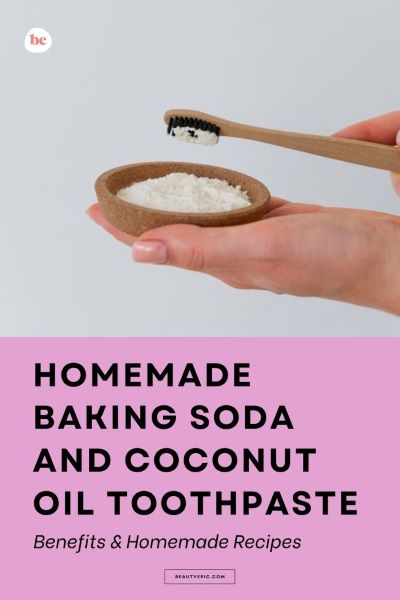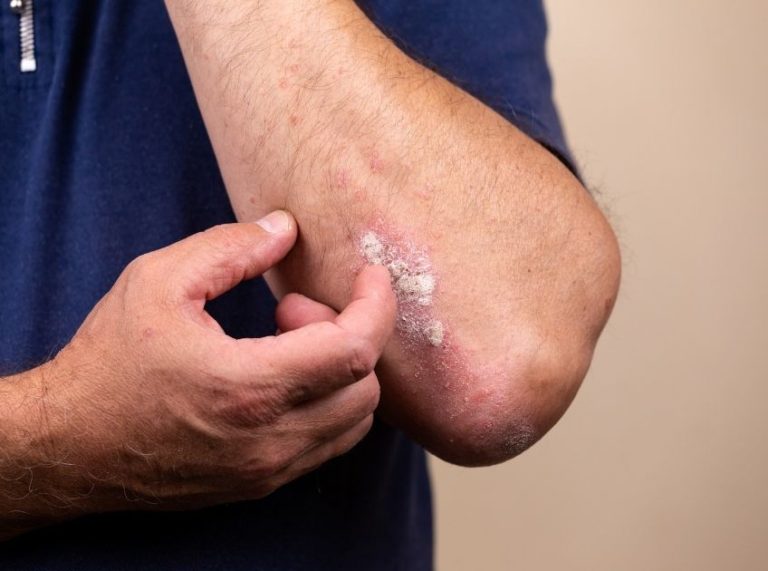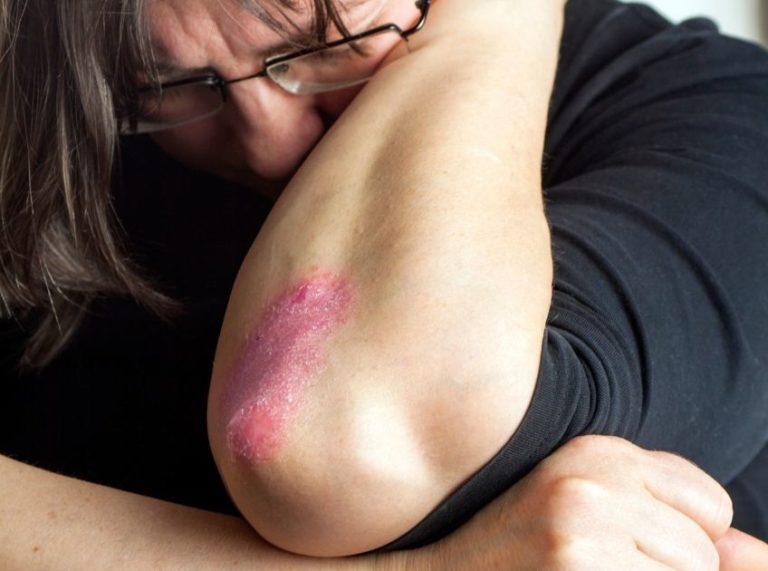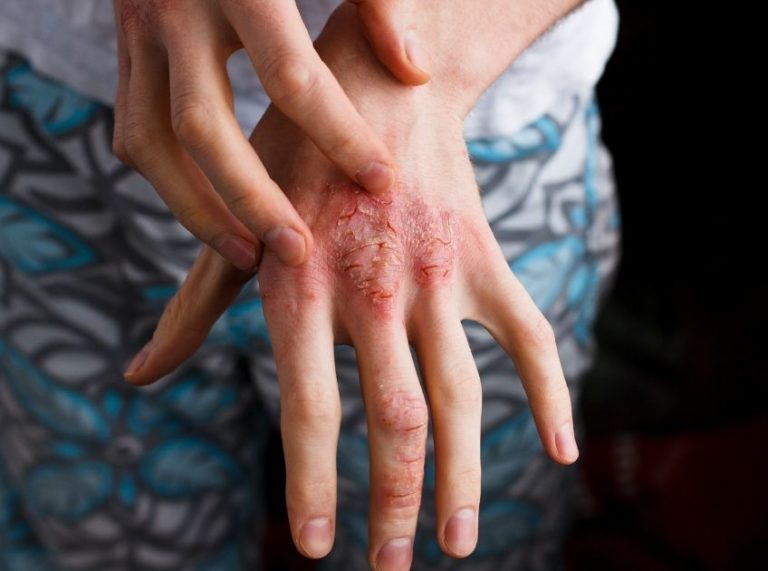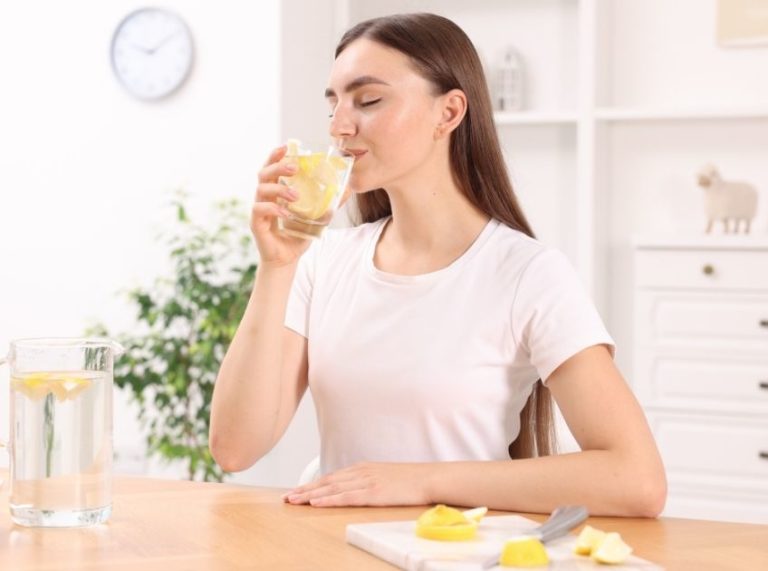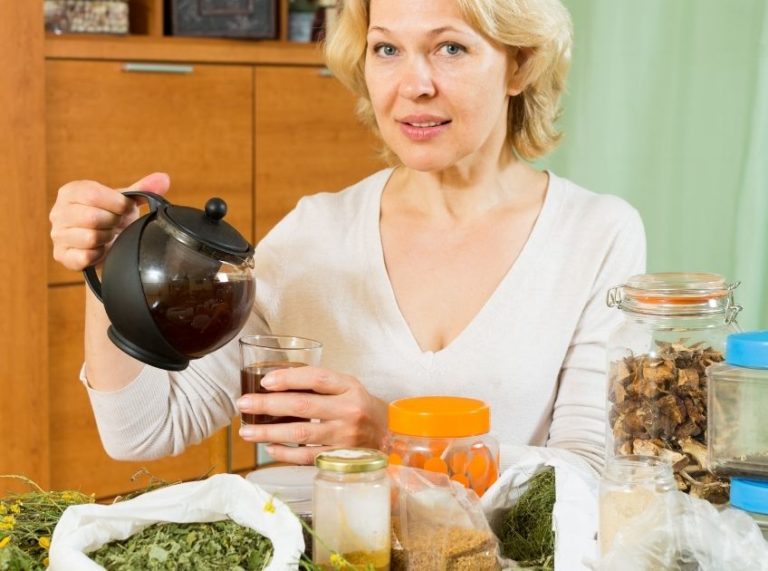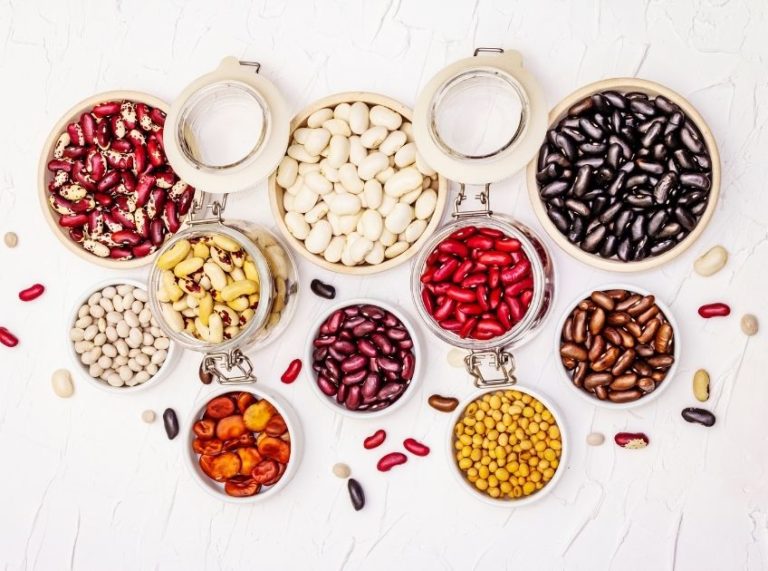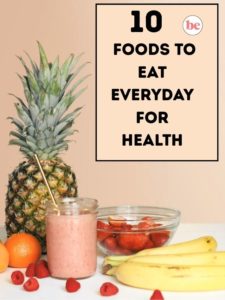
Important: This article is for informational purposes only. Please read our full disclaimer for more details.
Struggling with yellow or stained teeth? Brightening your smile doesn’t always require expensive dental treatments. Natural ingredients like baking soda and hydrogen peroxide are popular for at-home teeth whitening. This combo can gently lift stains and enhance oral freshness. But using them safely is key.
Whiten Your Smile Naturally – No Bleaching Strips Needed
If you’re seeking an affordable, effective way to whiten your teeth, baking soda and hydrogen peroxide might be the solution. Together, they form a mildly abrasive paste that removes surface stains and promotes a cleaner, healthier mouth without harsh chemicals.
Benefits of Using Baking Soda and Hydrogen Peroxide
- Gently removes stains from coffee, wine, and tobacco
- Helps reduce plaque and bad breath
- Brightens teeth naturally over time
- Affordable and easily accessible ingredients
The Science Behind These Whitening Agents
Baking soda is a mild abrasive that can scrub away surface stains without damaging enamel when used properly (1)(2).
Hydrogen peroxide is a natural bleaching agent that penetrates the tooth enamel and breaks down stain molecules (3)(4).
When combined, they form a foaming action that lifts debris and leaves the teeth looking cleaner and whiter.
Why These Ingredients Work Together
- Baking soda (sodium bicarbonate): Removes external discoloration through gentle abrasion.
- Hydrogen peroxide (H₂O₂): Acts as a bleaching and antibacterial agent that penetrates enamel to dissolve stains (3).
- Studies show that low-concentration hydrogen peroxide can effectively whiten teeth when used correctly.
When to Stop Using This Method
- If your gums become red, swollen, or irritated
- If you feel increased tooth sensitivity
- If you see white spots forming on teeth
- After 4 weeks of consistent use without improvement
Adjust the Ratios Based on Your Needs
You can tweak the mixture to suit your comfort:
- Use more baking soda if you want a thicker paste
- Use less peroxide if your gums feel sensitive
- For beginners, a ratio of 2:1 (baking soda to peroxide) is gentler
- Always use 3% hydrogen peroxide—never stronger
Is This Safe for Your Teeth?
Used occasionally and in proper ratios, this DIY remedy is considered safe by many dental professionals. However, overuse may wear down enamel or irritate gums. Limit usage to 2–3 times per week and follow up with fluoride toothpaste for enamel protection.
Top 3 DIY Teeth Whitening
DIY 1: Basic Whitening Paste for Everyday Use
This quick, effective paste is perfect for beginners trying at-home whitening.
Ingredients
- 1 teaspoon baking soda
- ½ teaspoon 3% hydrogen peroxide
- Small bowl and soft-bristled toothbrush
Directions to Use
- Add baking soda and hydrogen peroxide to a bowl.
- Mix into a smooth, thick paste.
- Ensure it’s not too runny (add a bit more baking soda if needed).
- Let it sit for a minute before applying.
How to Apply
- Scoop a small amount using your toothbrush.
- Brush teeth gently in circular motions for 1 minute.
- Avoid applying pressure on the gums.
- Rinse your mouth thoroughly and avoid eating for 30 minutes.
Pro Tip: Use only 2–3 times a week to prevent enamel thinning.
DIY 2: Refreshing Mint & Whitening Paste
A minty twist adds freshness while tackling surface stains effectively.
Ingredients
- 1 teaspoon baking soda
- ½ teaspoon 3% hydrogen peroxide
- 1 drop of food-grade peppermint essential oil
- Optional: a pinch of xylitol for sweetness
Directions to Use
- Combine all ingredients in a clean container.
- Stir until the paste reaches a toothpaste-like consistency.
- Store leftovers in an airtight glass jar (for up to 5 days).
- Shake well before each use if stored.
How to Apply
- Apply using a soft toothbrush, avoiding gums.
- Brush for 1–2 minutes max.
- Rinse with warm water thoroughly.
- Follow with your regular fluoride toothpaste.
Pro Tip: The peppermint oil helps with bad breath and adds a cooling effect.
DIY 3: Stain-Fighting Night Mask for Teeth
Use this targeted spot treatment to brighten discolored areas or dark spots from coffee or wine.
Ingredients
- 1½ teaspoons baking soda
- ½ teaspoon hydrogen peroxide
- ¼ teaspoon coconut oil (optional for soothing effect)
- Cotton swab
Directions to Use
- Mix all ingredients into a thick, paste-like consistency.
- Let it sit for 1–2 minutes before applying.
- If needed, refrigerate for a firmer consistency.
- Use fresh for every application.
How to Apply
- Dip a clean cotton swab into the paste.
- Apply directly to stained areas of the teeth.
- Leave on for 3–5 minutes without swallowing.
- Rinse your mouth thoroughly and avoid food or drink for 30 minutes.
Pro Tip: Use once a week only for tough stains—do not overuse.
Frequently Asked Questions (FAQ’S)
1. How long does it take to see results?
A. You may notice a difference after 1–2 weeks of consistent use, but deeper stains may take longer to fade.
2. Can I use this every day?
A. No. Overuse can erode enamel. Limit usage to 2–3 times per week.
3. Is it okay to swallow a little during brushing?
A. Avoid swallowing. While small amounts may not harm, hydrogen peroxide can irritate the stomach and throat.
Baking soda and hydrogen peroxide offer a simple, budget-friendly way to whiten teeth naturally. When used safely, they can refresh your smile and reduce surface stains. Always pay attention to how your teeth and gums react—and never substitute these DIYs for regular dental care.
